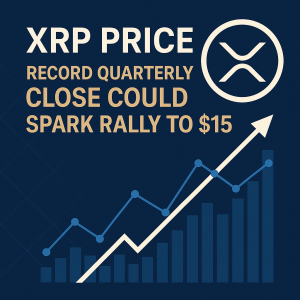The Federal Reserve’s favored measure of inflation has shown an acceleration in price increases for the month of May, raising concerns about rising consumer costs and potential impacts on the economy.
Recent economic data suggests that inflationary pressures are persisting, possibly prompting the Federal Reserve to reconsider its approach to interest rates and monetary policy adjustments. This indicator, closely watched by policymakers and investors, provides insight into the underlying inflation trends beyond headline figures.
The data reveals that the core personal consumption expenditures (PCE) price index, which the Fed considers its preferred inflation metric, increased more than expected in May. This rise indicates that underlying inflation, excluding volatile food and energy prices, continues to grow at a pace that could influence future policy decisions.
Impacts of this data are broad, affecting everything from consumer spending to wage negotiations. Elevated inflation can erode purchasing power, increase costs for businesses, and influence the Federal Reserve’s stance on interest rates, which can, in turn, affect borrowing costs for consumers and corporations.
Market analysts are closely monitoring this development, with some suggesting that the Fed may need to consider tightening monetary policy further to curb inflationary pressures. Conversely, concerns about economic slowdown might temper aggressive rate hikes, leading to a balancing act for policymakers.
Looking ahead, investors and economic observers will be watching upcoming employment reports, inflation data, and Federal Reserve statements to gauge how these inflationary trends might evolve and influence monetary policy in the coming months.
What is the significance of the Fed’s preferred inflation gauge?
It provides a more accurate picture of underlying inflation trends, guiding monetary policy decisions to either tighten or loosen economic measures.
How might rising inflation affect consumers?
Increased inflation can reduce purchasing power and lead to higher costs for everyday goods and services.
What are the possible actions the Fed might take in response?
The Fed could raise interest rates further to control inflation or maintain current policies if economic growth shows signs of slowing down.







